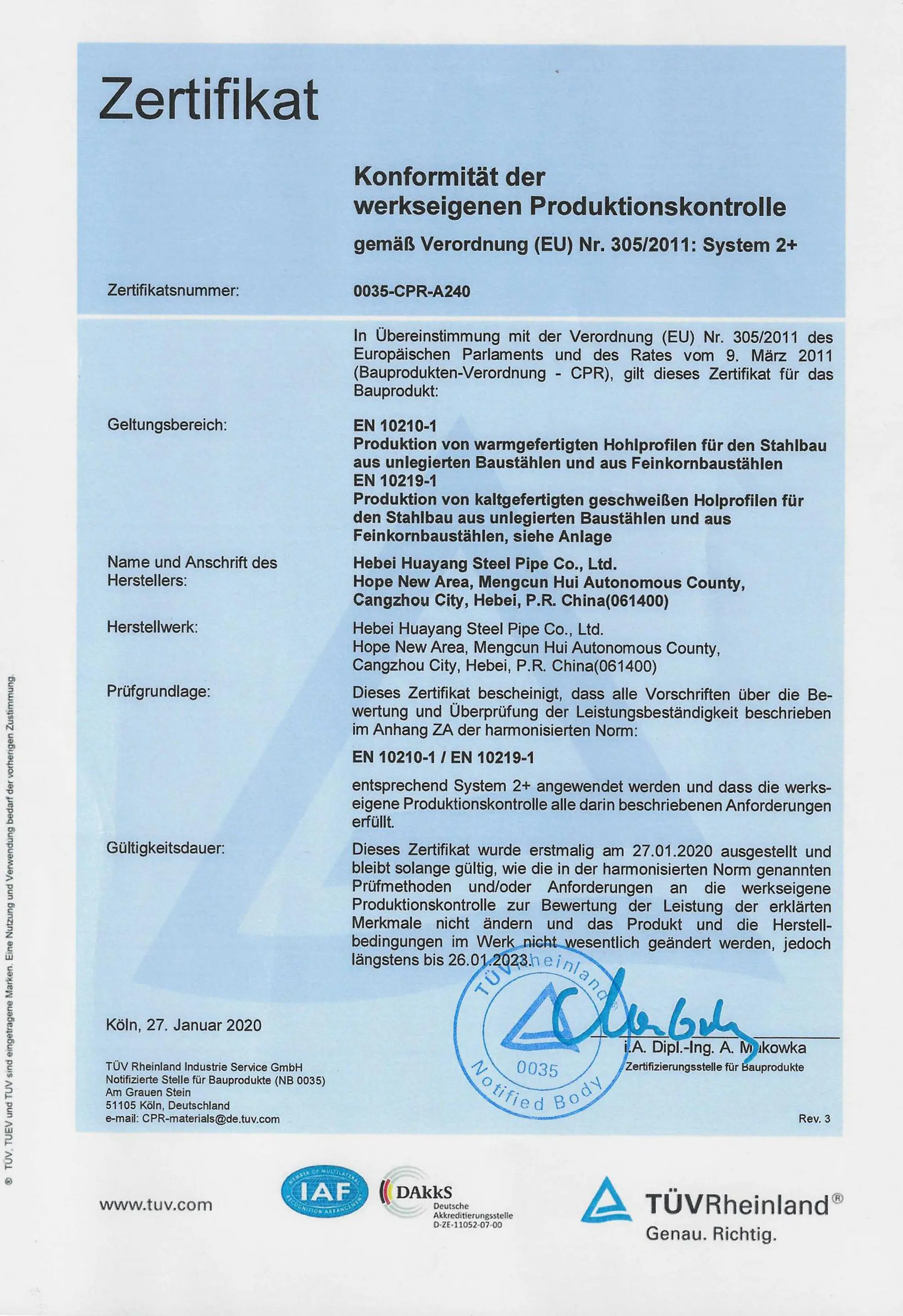
Nov . 27, 2024 03:03 Back to list
Enhancing Cement Performance with Innovative Bonding Additives for Better Durability and Strength
Understanding Cement Bonding Additives Importance and Applications
Cement bonding additives play a crucial role in enhancing the performance, durability, and overall effectiveness of cement-based materials. In the construction industry, the demand for high-quality, resilient concrete has led to significant advancements in the development of various additives that improve adhesion properties. This article aims to delve into the nature and importance of cement bonding additives, exploring their composition, features, applications, and benefits.
What Are Cement Bonding Additives?
Cement bonding additives are chemical compounds or mixtures added to cement during the mixing process to enhance its bonding characteristics. These additives can alter the properties of cement paste and mortar, improving various aspects such as workability, adhesion, and resistance to environmental factors. The primary goal of these additives is to create a stronger bond between the cement paste and the aggregates, reducing the likelihood of delamination and improving the overall durability of the concrete.
Types of Cement Bonding Additives
1. Polymer-Based Additives These are the most common types of bonding additives. They include latex emulsions or polyvinyl acetate (PVA), which enhance the flexibility and adhesion properties of the cement. Polymer-modified cement offers improved water resistance, reduced shrinkage, and enhanced tensile strength.
2. Silica Fume A byproduct of silicon metal production, silica fume is added to cement to improve the microstructure of the concrete. It fills the voids between cement particles and aggregates, resulting in a denser, more durable matrix. Silica fume is particularly effective in enhancing the bond strength in high-performance concrete applications.
3. Fibers Fibers, such as polypropylene or steel fibers, can be incorporated into the mix to improve the bonding properties and overall structural integrity. These fibers help distribute stress throughout the concrete, reducing the risk of cracking and increasing tensile strength.
4. Adhesive Primers These are specialized bonding agents applied to surfaces before the placement of new concrete layers. They improve the bond between old and new concrete, ensuring the longevity and durability of repairs or overlays.
Benefits of Using Cement Bonding Additives
- Enhanced Adhesion By providing superior bonding properties, cement bonding additives help ensure that the concrete remains intact and structurally sound over time
. This is particularly important in applications where additional layers of concrete are placed over existing surfaces.cement bonding additive

- Increased Durability Additives can improve the resistance of cement to environmental challenges such as moisture, freeze-thaw cycles, and chemical attacks. This leads to extended service life and reduced maintenance costs.
- Improved Workability Many bonding additives enhance the workability of the concrete mix, making it easier for contractors to place and finish the material. This is especially beneficial on complex projects with intricate designs.
- Versatility Cement bonding additives can be formulated for specific applications, making them highly versatile. Whether for standard concrete applications or specialized situations such as bridges, highways, and industrial floors, these additives can be tailored to meet specific requirements.
Applications of Cement Bonding Additives
Cement bonding additives find applications in a wide range of construction projects
- Repair and Rehabilitation In the restoration of existing structures, bonding additives ensure that new overlays form a strong bond with old concrete. This is vital for maintaining the integrity and safety of infrastructure.
- Thin Set Mortars In tile installation, bonding additives improve the adhesion of thin set mortars to a variety of substrates, including concrete, plywood, and more.
- Precast and Prestressed Concrete Additives enhance the bond between reinforcing materials and the concrete matrix in precast and prestressed applications, contributing to the overall strength and stability of the elements.
- Flooring Systems In industrial and commercial flooring systems, bonding additives increase the resilience and performance of concrete floors subjected to heavy loads and wear.
Conclusion
Cement bonding additives are essential in modern construction, providing significant enhancements in adhesion, durability, and overall performance of cement-based materials. Their diverse formulations and applications cater to the specific needs of various construction projects, ensuring that structures are built to last. As the industry continues to evolve, the use of these additives will likely expand, further solidifying their importance in the field of construction engineering.
-
HPMC for Tile Adhesive: Superior Bonding & Workability
NewsAug.30,2025
-
Premium Cellulose Ether: Effective Liquid Thickener Solutions
NewsAug.29,2025
-
HPMC for Tile Adhesive: Enhanced Bonding & Workability
NewsAug.28,2025
-
tile-bonding-additives-for-stronger-bonds
NewsAug.22,2025
-
construction-grade-rdp-for-wholesale-needs
NewsAug.22,2025
-
trusted-hec-supplier
NewsAug.22,2025







